Often times an electric eel will help defend itself from prey or some kind of attack with its electric defense mechanism. The sudden burst of electricity can stun other animals, which are oftentimes much larger than the eel.
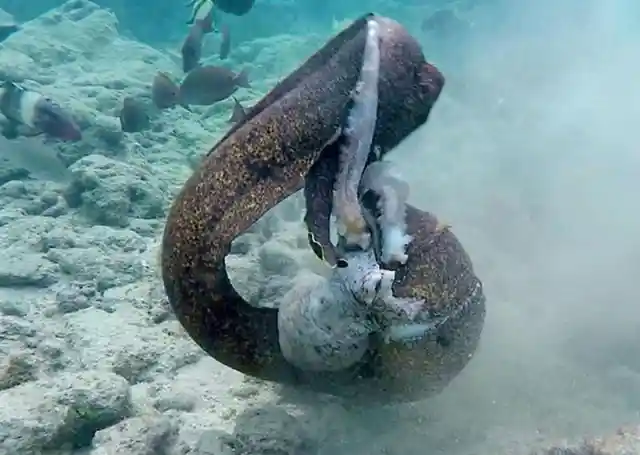
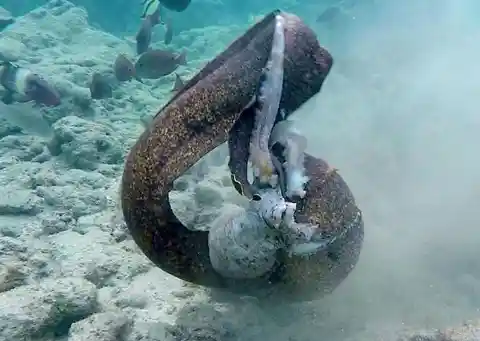
However, electricity also has another purpose that humans have only recently discovered.
Electric eels can also use their ability to send out electricity in other ways. Besides just using the electricity to defend against attacks from the prey, the electric eels have another use for electricity as well. Electric eels can send out weaker and shorter bursts of electromagnetic rays that permeate throughout the horizontal water column and therefore stimulate the surrounding environment. This effect allows the eels to not only communicate with one another but also seek out prey of their own.
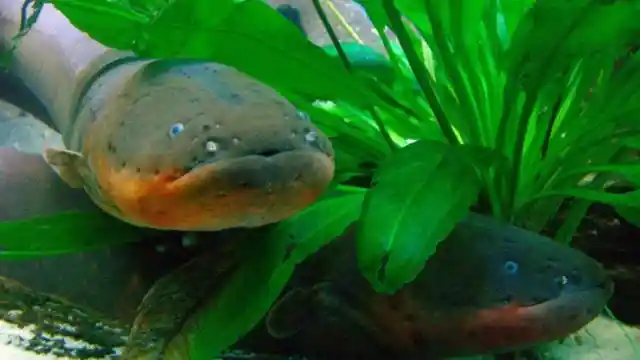
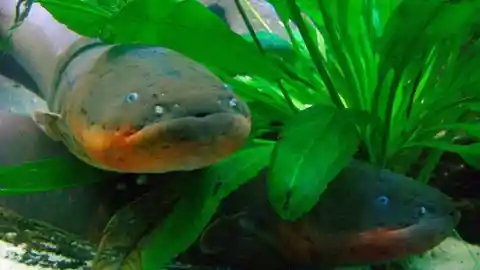
It's pretty interesting stuff and it's a reason scientists from Washington D.C. also cannot learn enough about them!
Acting as a self-appointed "fish detective", the scientist from Washington D.C. is named David de Santana.
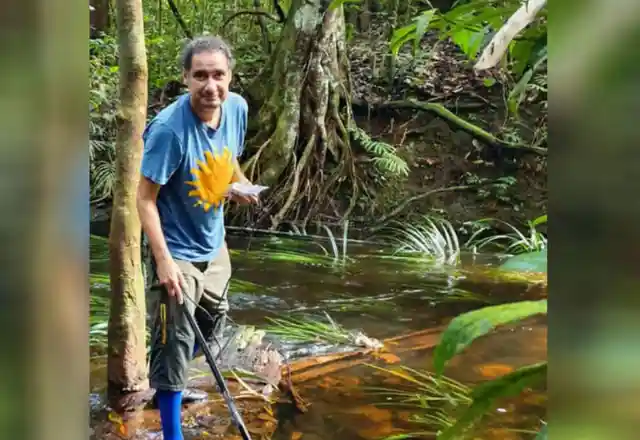
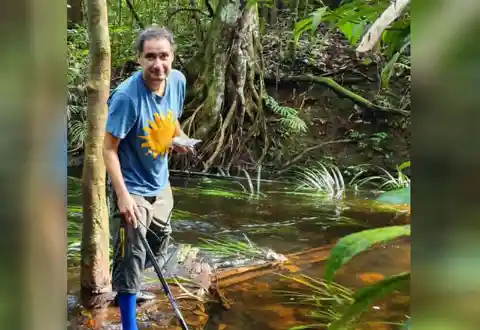
He serves as a zoologist, which means he studies animals and their behaviors in natural habitats.
David works for the National Museum of Natural History and is working hard to make new discoveries. However, David has already made some pretty fascinating discoveries.
David says he is fascinated by anything which has fins and gills.
David gets to frequently travel the world and often works on discovering new species.
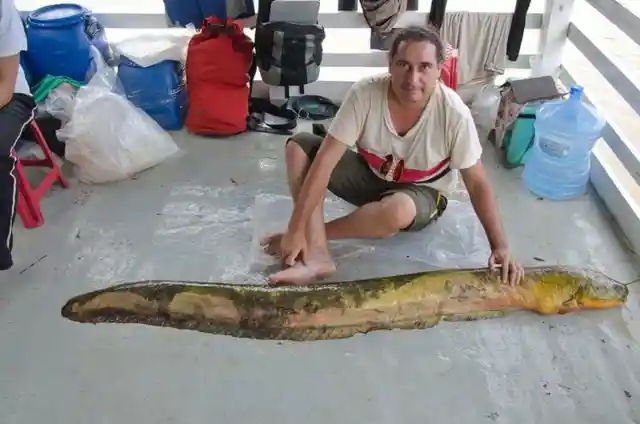
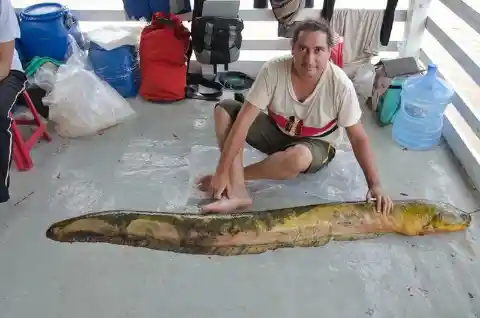
One of his recent adventures developed an astounding breakthrough.
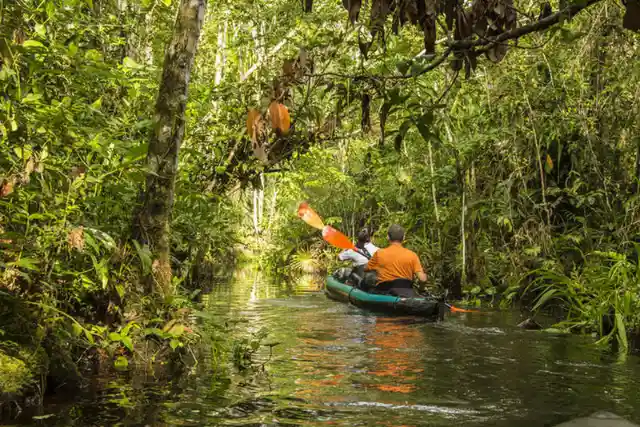
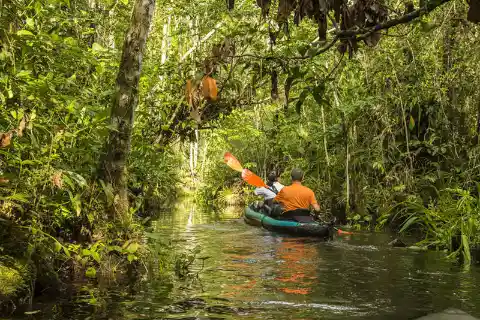
David went deep into the Amazon rainforest where scientists estimate that tens of thousands of species have yet to be discovered or cataloged.
That's why David ventured off into the Amazon rainforest in search of yet undiscovered aquatic species.
David had discovered a never before seen species of eel called the "Electrophorus voltai". This is a specially powerful electric eel. Most other electric eels have developed the ability to put out 650 volts at the highest end during defense in order to stun their attackers.
David had discovered a never before seen species of eel called the "Electrophorus voltai".
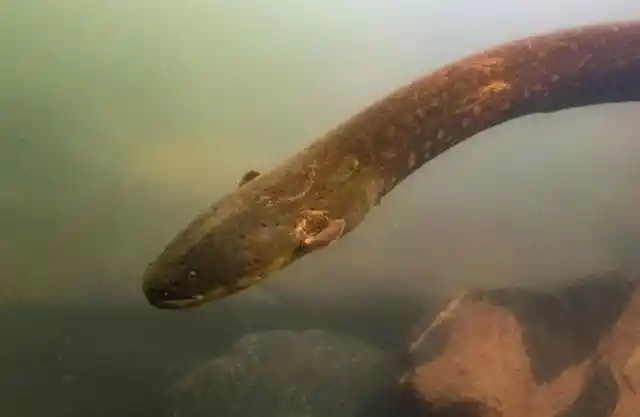
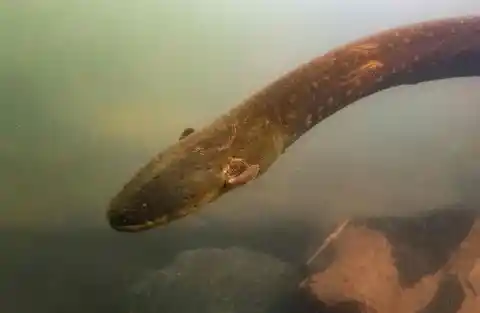
This is a specially powerful electric eel. Most other electric eels have developed the ability to put out 650 volts at the highest end during defense in order to stun their attackers.
However, the Electrophorus voltai has the ability to put out almost 900 volts, or 250 more volts than any other species!
However, the task was certainly not easy. A large team of mostly volunteers went deep into the Amazon in order to help David make his discovery.
Other researchers also came along to help David and the team of other volunteers.
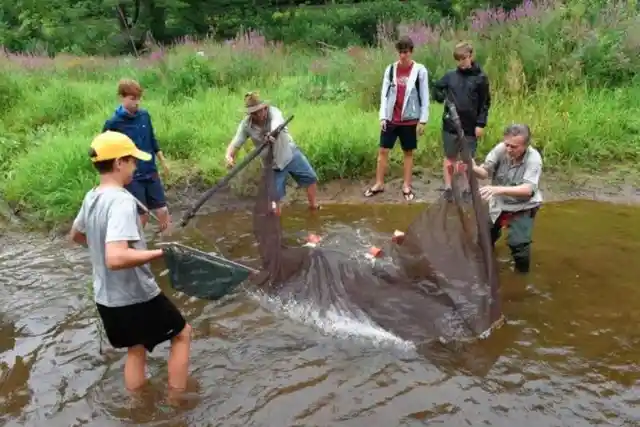
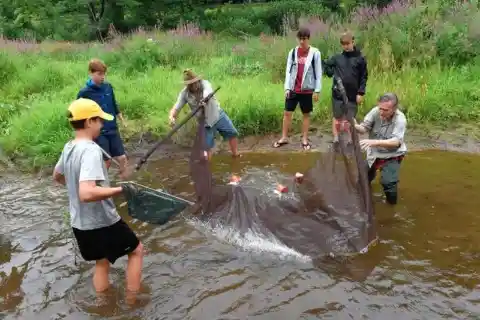
The team collectively gathered and studied 107 eels from various locations in Brazil, Ecuador, and Peru.


The greater part of the eels assembled originated from their normal natural surroundings, however, some were additionally given to Santana and his group from galleries.
When all the examples were as one, the physical characteristics and hereditary contrasts were looked at.
The greatest contrasts the group discovered were in the eels' bone structures.
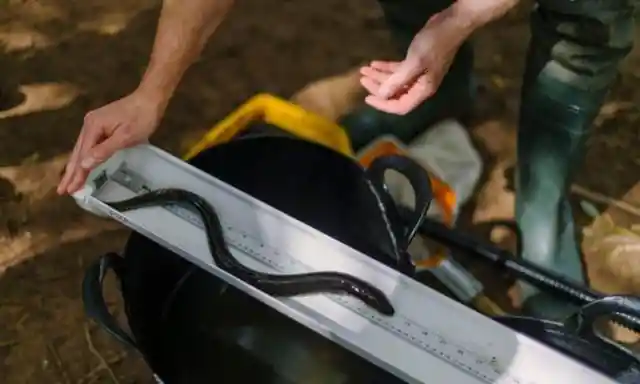
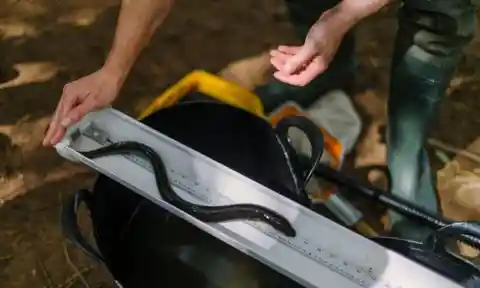
Upon the underlying bone assessment, they accepted there were two distinct species.
However, a hereditary examination highlighted three.


A zoologist from the Florida International University of Miami named Phillip Stoddard was in Santana's group, and he assisted with the hereditary arranging. A zoologist from the Florida International University of Miami named Phillip Stoddard was in Santana's group, and he assisted with the hereditary arranging.
When the examples were arranged, the voltage quality was tested.
Working with the eels such a great amount prompted Stoddard to suffer a lot of electrical floods, yet nothing that was viewed as deadly.
"It just damages," he said.
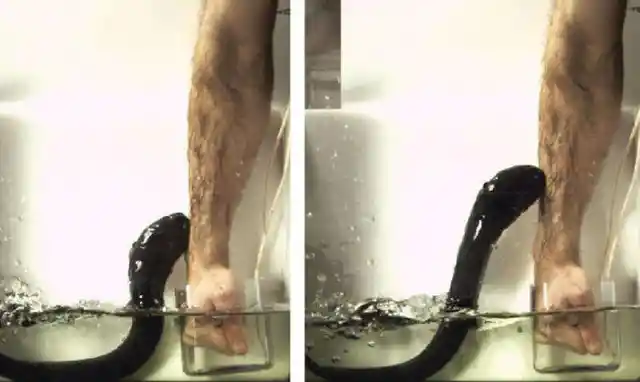

Another researcher additionally said something regarding the discoveries.


Carl Hopkins, a neurobiologist at Cornell University, applauded the examination.
The example size of the eels and the assortment of strategies utilized for testing justified a colossal approval.
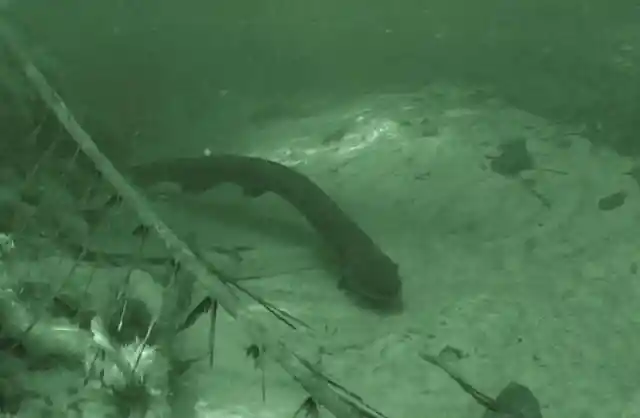
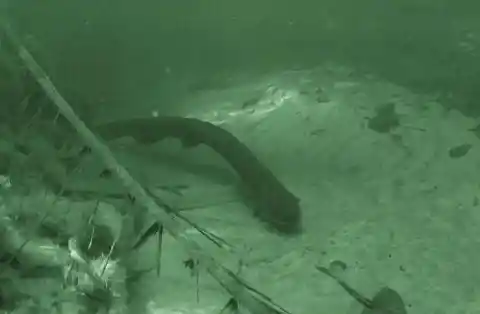
Hopkins was quoted as saying, "we haven’t even scratched the surface in terms of understanding how many organisms are out there".
There are probably tens of thousands of other species in the natural world that humanity has not yet discovered.
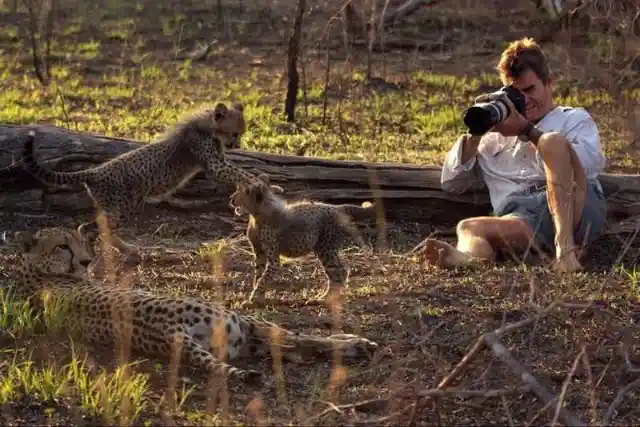
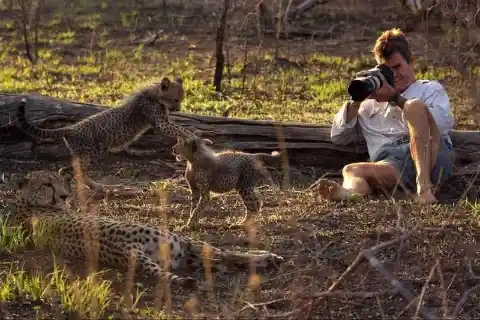
Fortunately, analysts are consistently determined to find anything they can about the insider facts that despite everything stay unfamiliar in nature.
Customarily, the uncommon film is caught when they wouldn't dare to hope anymore.
Consistently, field scientists set out to accumulate loads of data about new plants and species to assist better with understanding the roles they play in the earth. One nation despite everything loaded with a puzzle, in any case, is Vietnam.
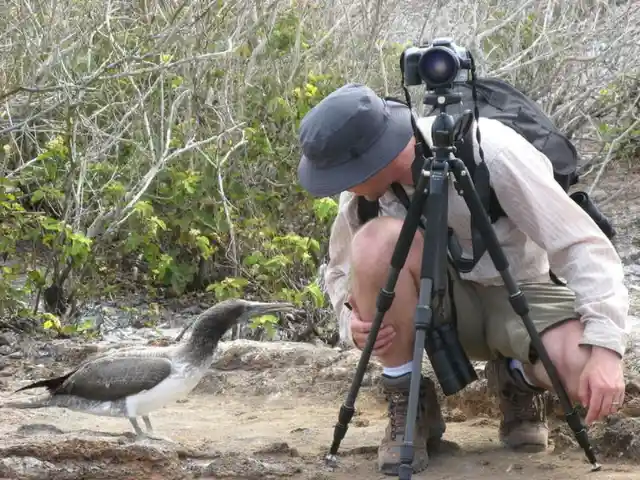
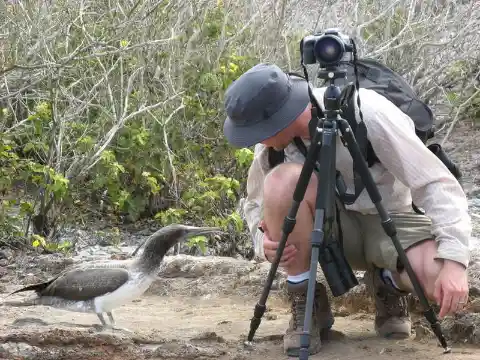
This nation like many others in the world has a high number of suspected species that have yet to be officially discovered and cataloged by modern-day scientists.
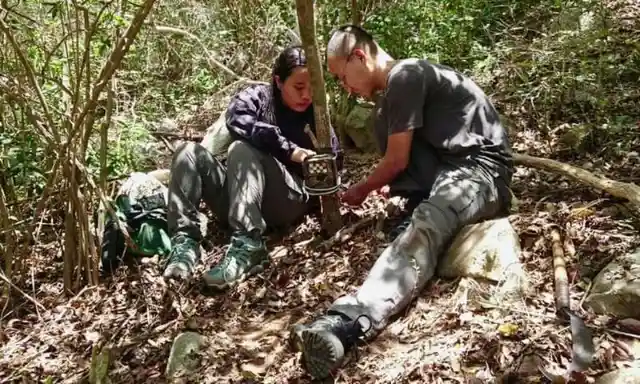
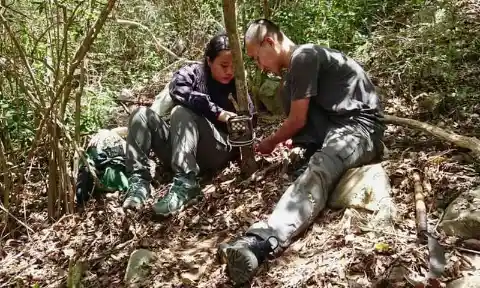
Vietnamese field scholar A Nguyen spends innumerable hours investigating the outlandish life spread all through his nation of origin. He went through years sharpening his training, and as indicated by him, Vietnam has plenty of things yet to be found.
Particularly in the thick timberlands covering a significant part of the nation.
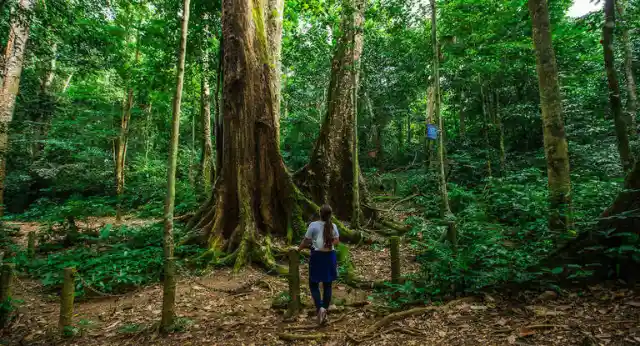
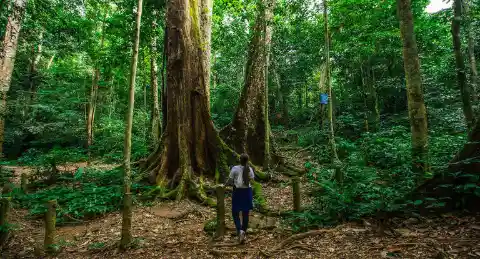
Nguyen will probably find new types of creatures each time he goes out in the field, and he has an uncommon method for monitoring them. That is because there are so many species which scientists have yet to discover and truly learn from.
Each time he experiences something new, he gets a count mark tattoo on his wrist. It may sound somewhat insane, however, this person is enthusiastic about his work. What's more, as of late, he added another tattoo to the bundle.


So far he has over a dozen tattoos. He is possibly one of a select few people on earth who have discovered new species in such a large number.
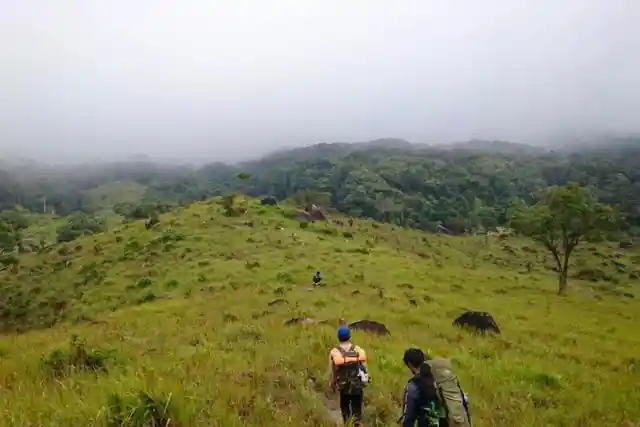
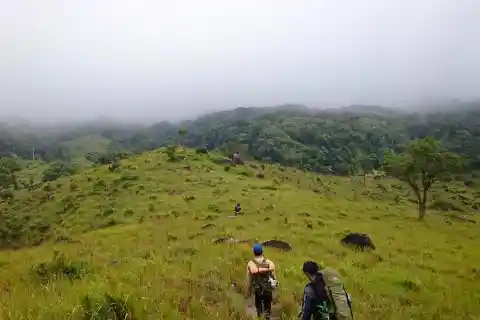
Nguyen and an accomplice headed into the Greater Annamites Ecoregion — a huge stretch of timberland that runs all through eastern Vietnam, Laos, and Cambodia — searching for a subtle creature that disappeared years prior.
It's known as the silver-supported chevrotain, however numerous individuals likewise allude to it as a "mouse-deer." obviously, the creature isn't the aftereffect of deer and mice mating. The name originates from their physical appearance.
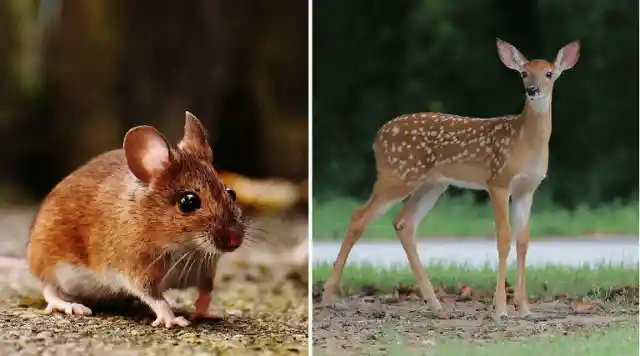
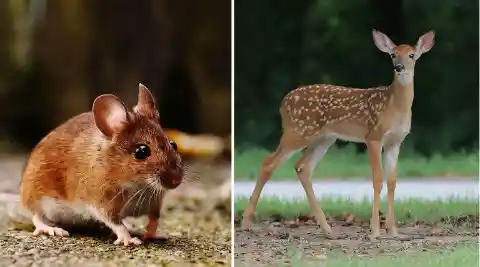
Aren't they just adorable, they appear to be miniature deer the size of mice!
Don't they appear as though they have the stature of a deer yet the substance of a mouse?
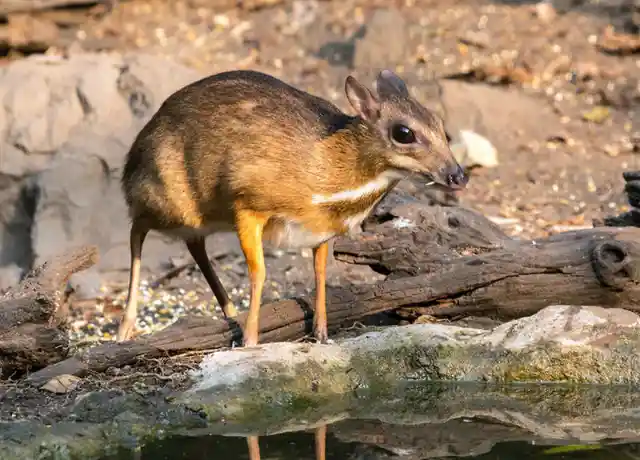
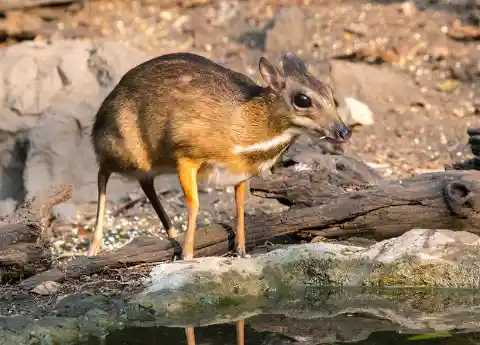
All things considered, these little animals are incredibly uncommon, and despite the fact that Nguyen realized they should live in Vietnam, he never really observed one himself. That's likely because they are not only endangered, but also extremely small and not common in many parts of Vietnam.
The species is very the world's "most needed warm-blooded creatures" list. They're uncommon to such an extent that scholars all over have an especially compelling impulse to discover them. Additionally on that rundown is the Wondiwoi tree kangaroo and the since quite a while ago bent echidna. All of these animals are especially difficult to discover also because of humanity's ever-increasing destruction of the environment.
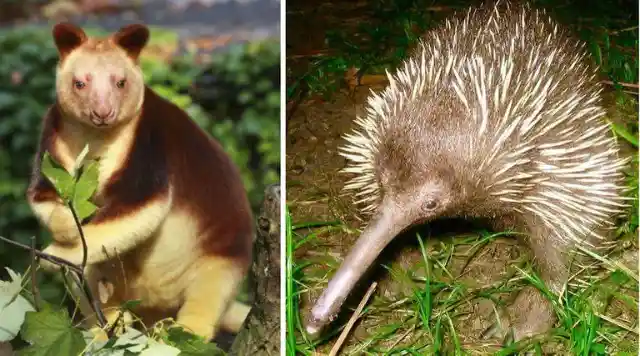
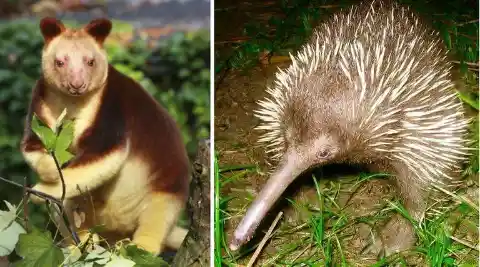
As humans continue to destroy the environment, these species and others like them will quickly loose their natural habitat and be lost to history. It's even possible that hundreds and even thousands of species may go undiscovered and perish before we can discover them.


Truth be told, there is a sum of 1,200 animal types on the Global Wildlife Conservation most needed rundown. Chevrotains are likewise recorded as being "information insufficient," which means almost no data about them exists.
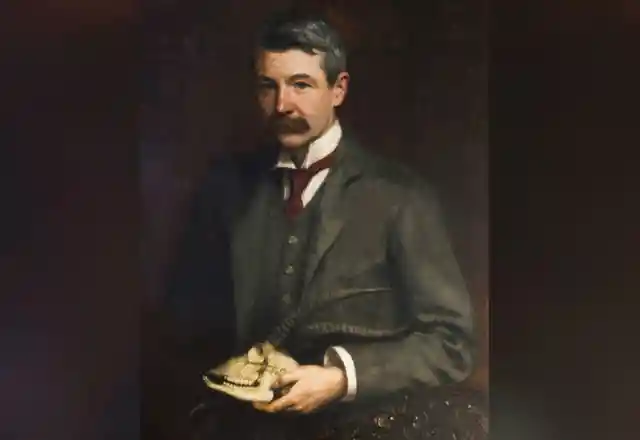
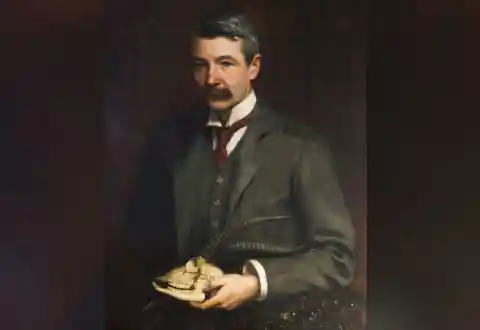
The principal individual to ever give a record of the silver-supported chevrotains was a British zoologist named Oldfield Thomas. In 1910, he ran over four chevrotain corpses, however no indication of any more.
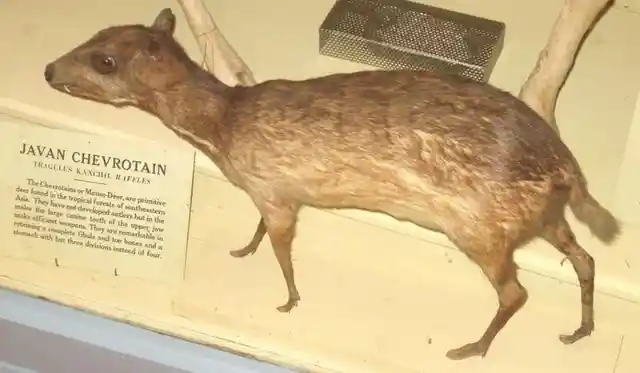
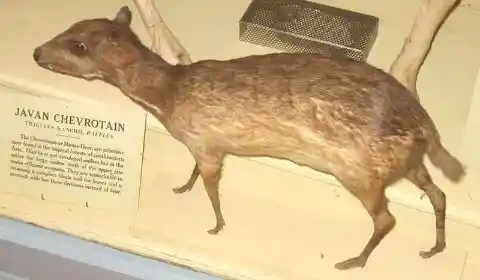
For the following 80 years, nobody ran over even one chevrotain, which normally persuaded the creature was terminated. Notwithstanding, that all changed in 1990 when Russian specialists got their hands on a real example.
This didn't really mean they weren't terminated, be that as it may.
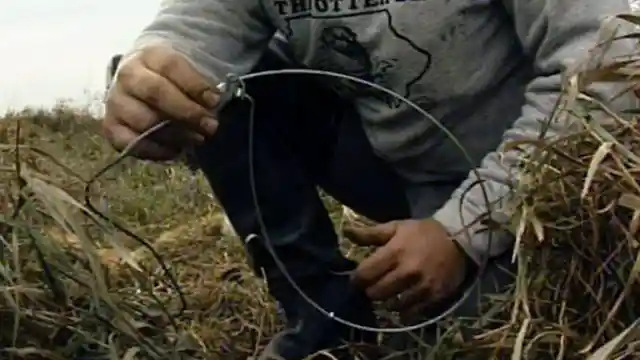
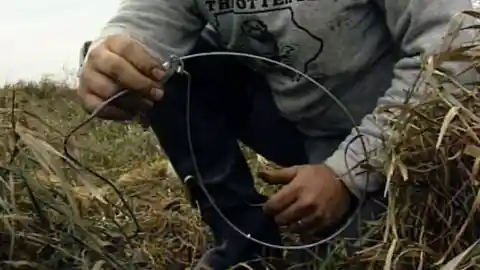
Catch chasing caused the death of numerous species all through Vietnam, and the chevrotains could without much of a stretch have capitulated to the pitiless strategy. Yet, Nguyen was resolved to discover answers.
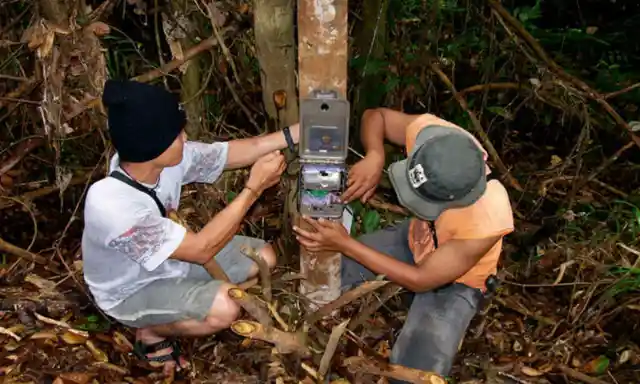
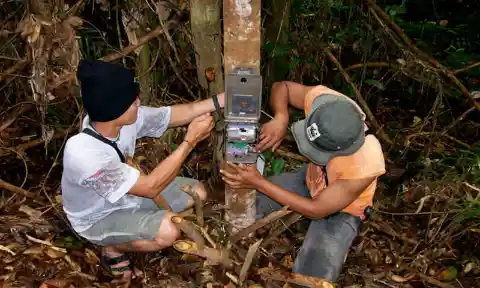
Nguyen and his group talked with locals in the zone, and when they depicted infrequently observing a creature that coordinated the chevrotain's portrayal, the group fixed up three cameras in the woodland.
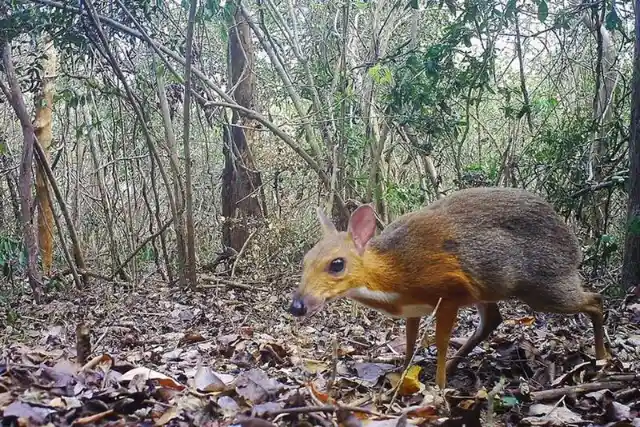
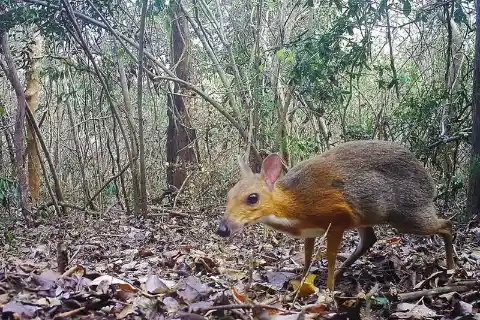
Nguyen set up the cameras in November 2017, and they remained there until April 2018. In the wake of inspecting the recording, he was stunned to see there, before the focal point, was a real silver-sponsored chevrotain!
It wasn't only one either.
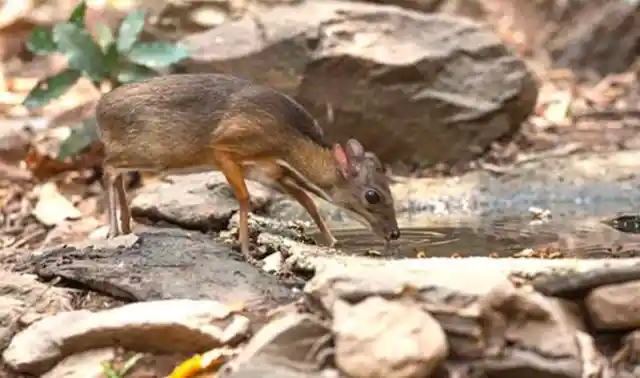
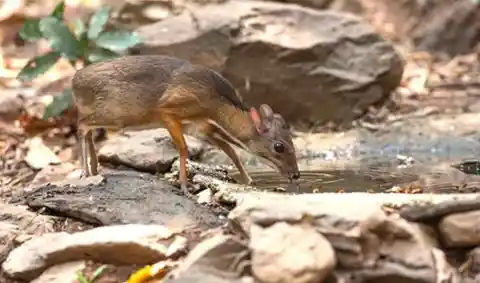
Each of the three of the camera areas saw a lot of chevrotain activity during those months! Notwithstanding, to guarantee the numbers Nguyen recorded weren't expanded, he had a particular strategy for ascertaining his gauge.
Nguyen and his group tallied each hour of activity as one "occasion." Incredibly, every one of the three cameras caught an aggregate of 72 occasions. Well, that is a lot of chevrotains!
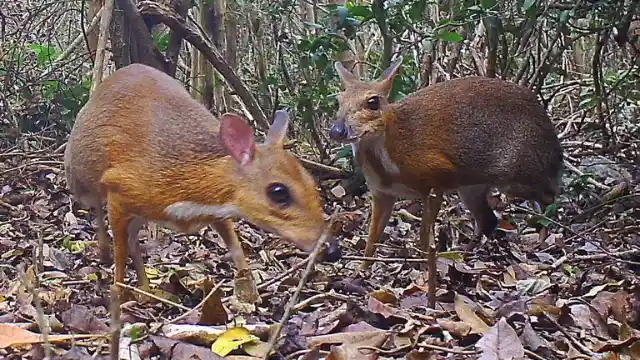
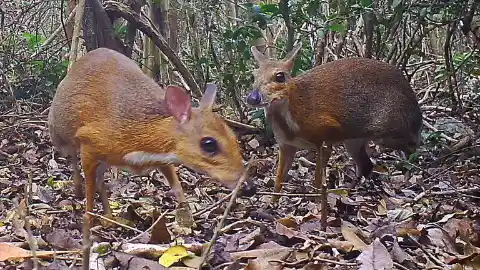
Nguyen was flabbergasted by the disclosure.
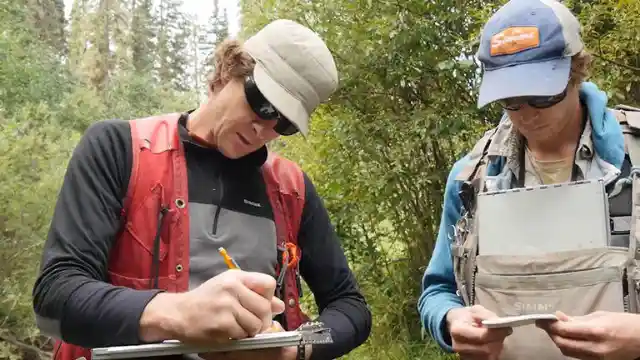
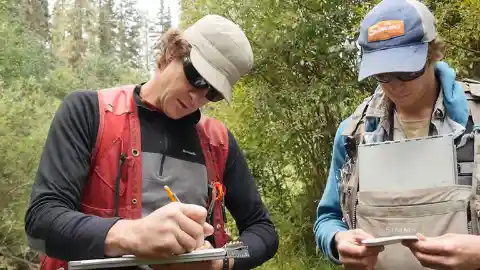
Despite the fact that the recording didn't give them explicit data about the science of the creature, they had the option to write down huge amounts of notes with respect to standards of conduct, which was far beyond them at any point had.
The energy of the main camera tries prompted another cluster of cameras set in the region. This time, 208 occasions happened from April 2018 to July 2018!
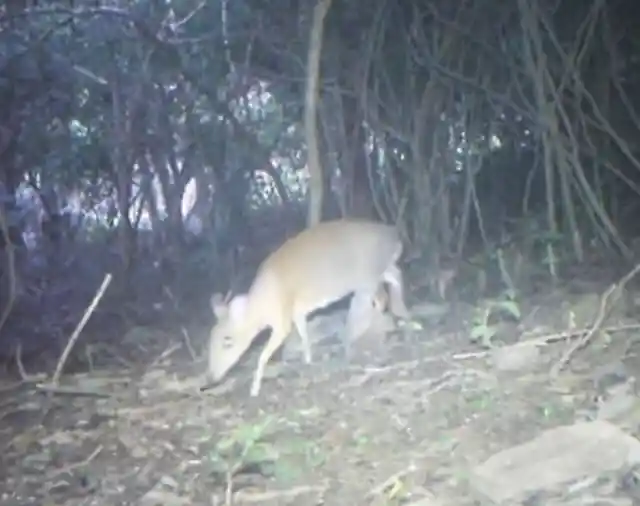
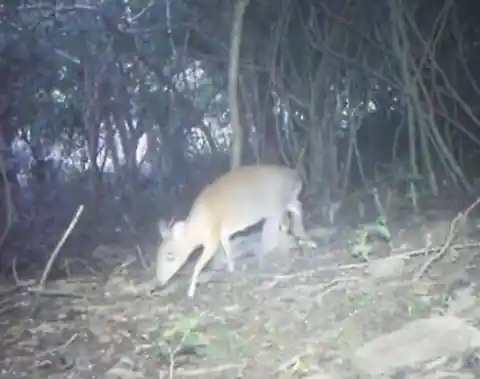
This was solid proof the chevrotains were flourishing.
Nonetheless, the exploration was a long way from exhaustive.
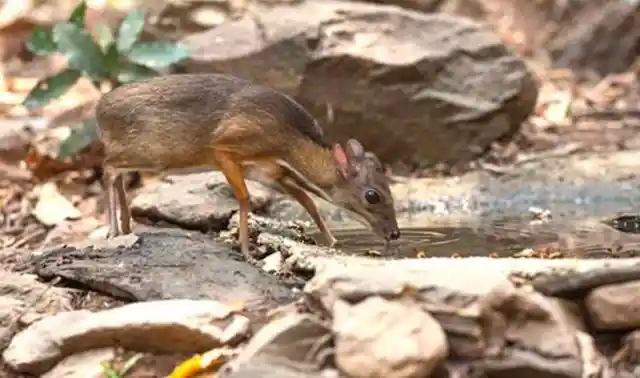
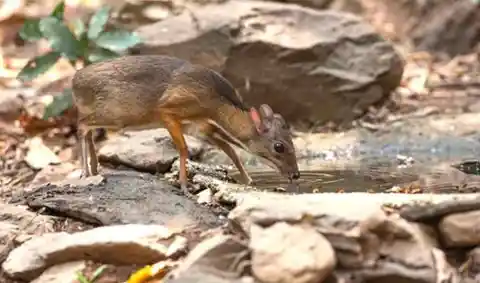
Parcels more investigations must be done to really gain proficiency with the intricate details of the chevrotains. One stress the group had was that focusing on the species may make poachers chase them.
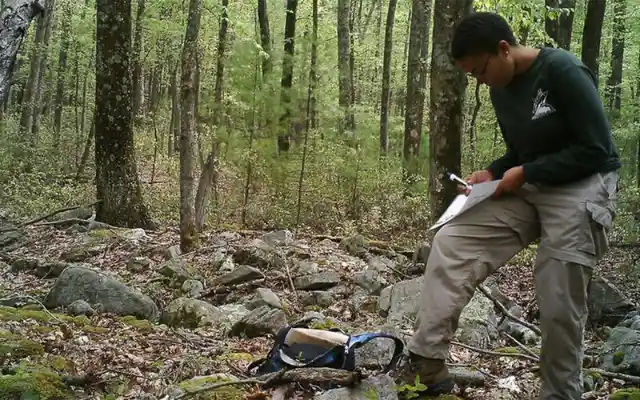
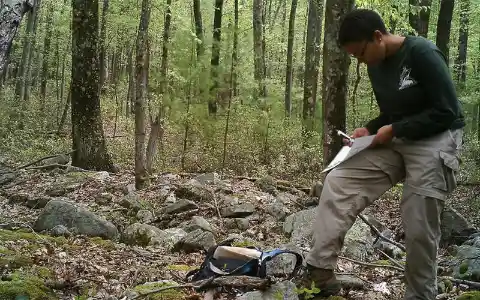
Regardless of the stress, Nguyen was elated he figured out how to land film of the subtle chevrotains; it was a field scientist's fantasy work out as expected. It was a similar fervor one picture taker felt after he caught his own recording of uncommon animal varieties.
There are three perceived types of wolves with various subspecies changing from area to locale. These packs are comprised of fearsome predators who effectively command their prey.
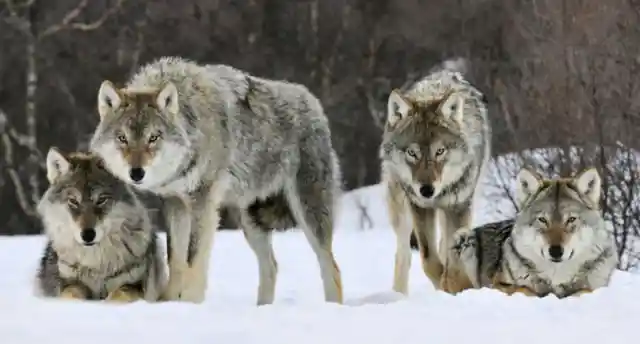
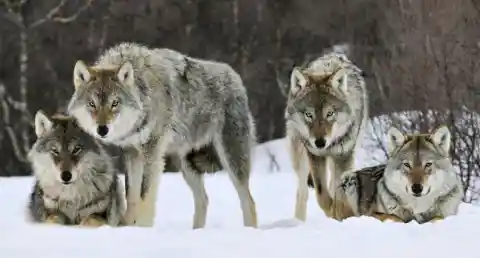
Their primary dietary source is red meat.
The most widely recognized and notable wolf is the dim wolf.
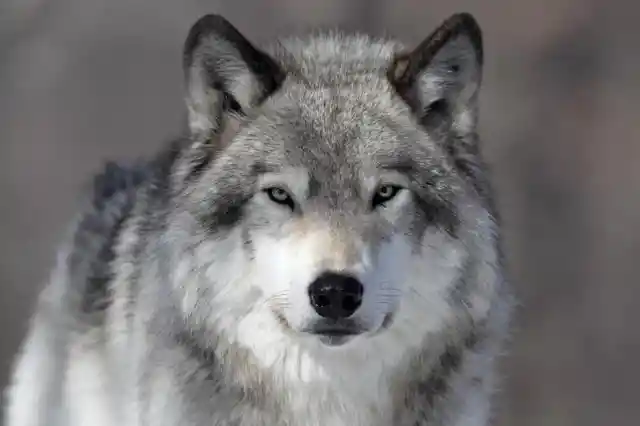
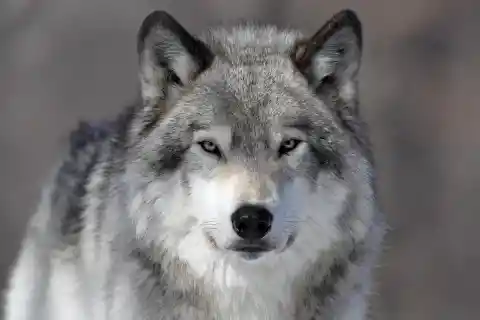
These wolves live everywhere throughout the world, yet the second biggest dim wolf populace occupies Canada. Indeed, 90 percent of the noteworthy natural surroundings run continues as before for these dark wolves.


Albeit Gray Wolves generally occupy Canada, there is a little gathering of wolf species that lives in a remote piece of Canada. Numerous Canadians have never known about them, and most Canadians have never observed one in nature.
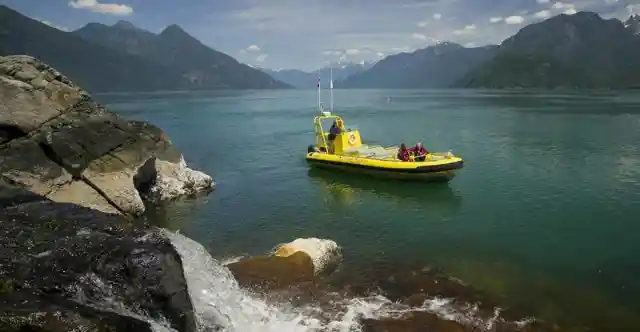
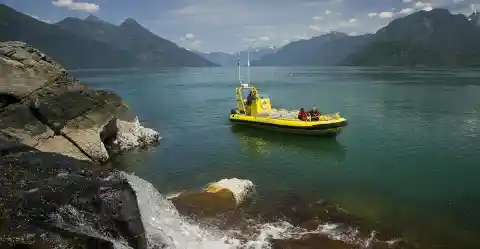
They may be broadly confused with one of the three principle wolf species, however, they are very unique inside and out from their chasing propensities, living conditions, and their mien. They carry on with a very surprising way of life on the segregated shoreline of British Columbia.
This wolf possesses the immense 250 miles of coastline and about 25,000-square miles of timberland in the Great Bear Rainforest. Ice sheets have cut out gigantic fjords with perilously soak slopes and finger-like tidal regions that channel into the rich sea abounding with marine life.
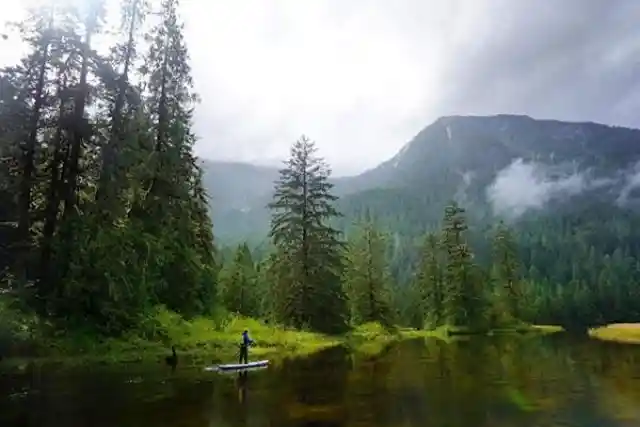

What creature would be sufficiently intense to live here?
An ocean wolf, obviously!
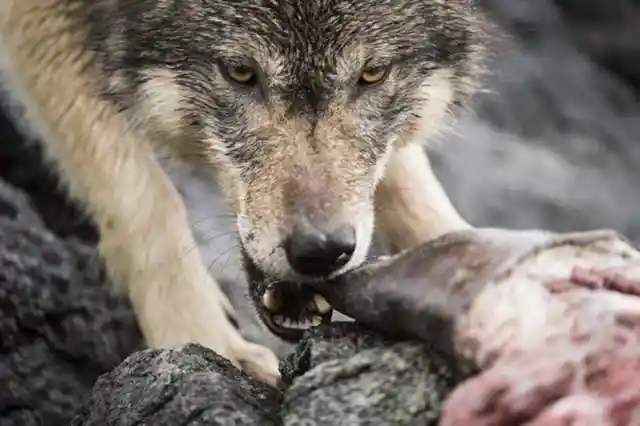
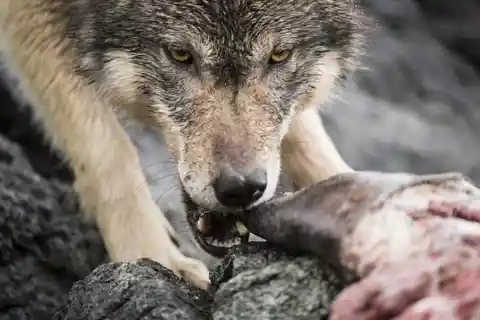
They get their name for their favored eating regimen of fish as it were. There is a while out of the year that ocean wolves carefully go after crisp salmon entering the sea, however, that is not all they will eat from the copious coast.
Ocean wolves likewise chase bigger creatures like ocean lions and seals. Once in a while, they pick to eat a far less strenuous dinner by uncovering shellfishes or getting crabs under rocks. Thus, the principal way these animals contrast from your normal wolf is by diet.
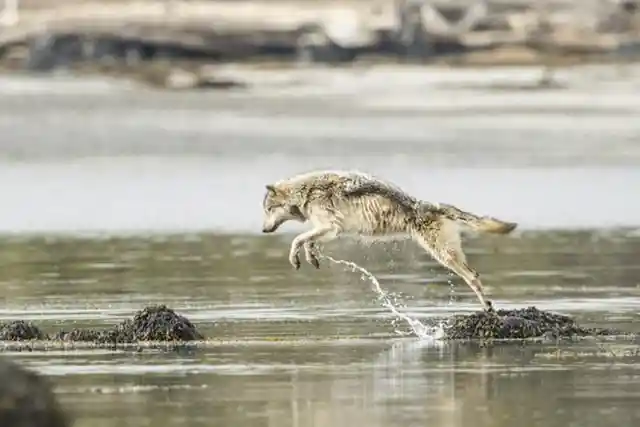
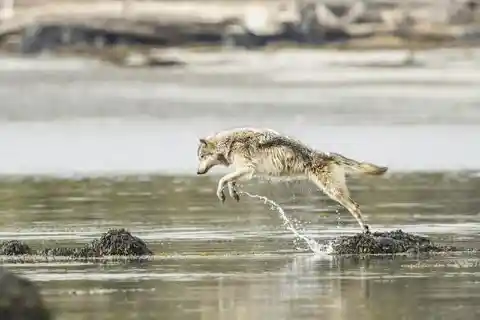
Some ocean wolves go their entire lives without ever in any event, seeing a deer.
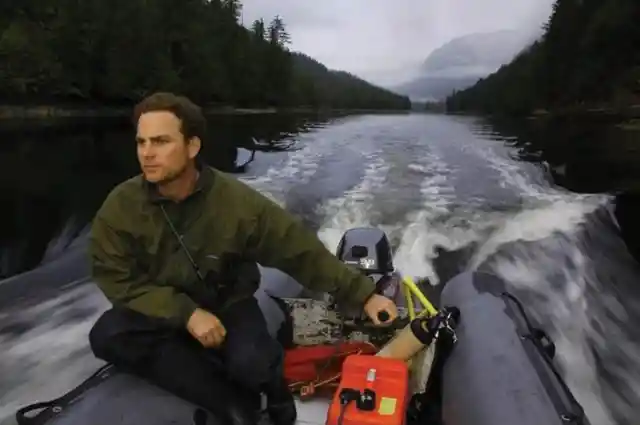
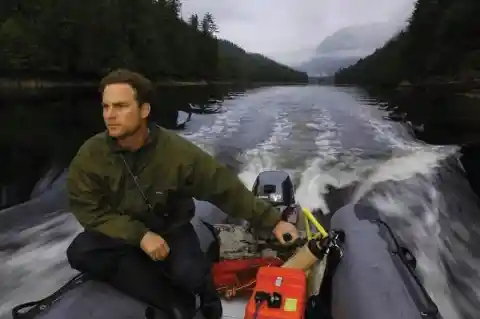
As indicated by Ian McAllister, a picture taker who has read these creatures for over 20 years, "DNA examines show that these wolves are hereditarily particular from their mainland family." So, while they may have "wolf" in their name, they're really something very extraordinary.
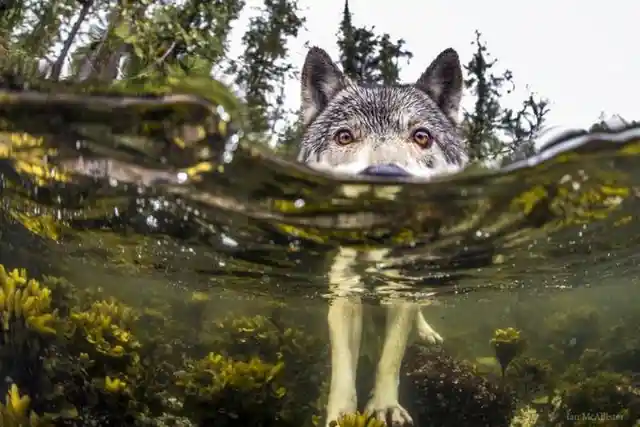
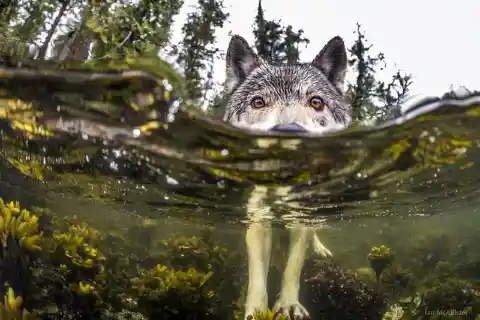
"They are likewise typically particular," said McAllister, "swimming from island to island and going after ocean creatures." They are equipped for swimming for a significant distance to get starting with one island then onto the next. They can likewise totally get by island bouncing while never expecting to leave the coastline.
McAllister likewise expressed, "They are additionally morphologically unmistakable — they are littler in size and genuinely not quite the same as their terrain partners." This principle's physiological contrast can be credited to the particular transformative way the two wolves experienced.
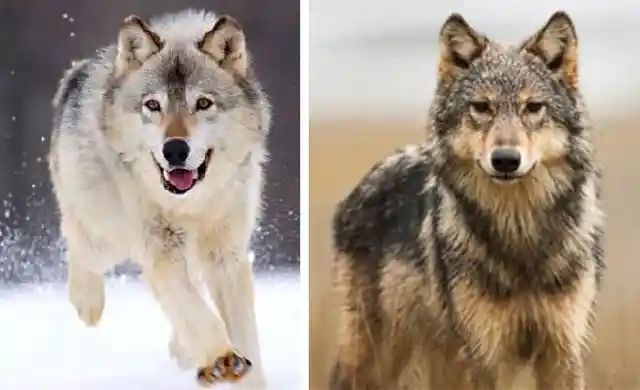
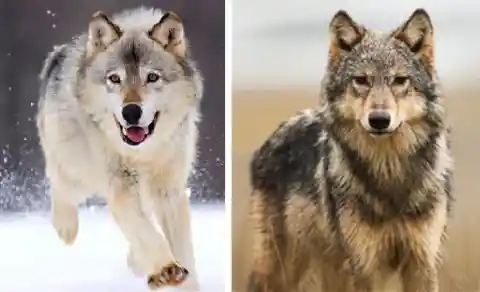
The littler wolves, ocean wolves (left), being progressively coordinated and better prepared for amphibian living.
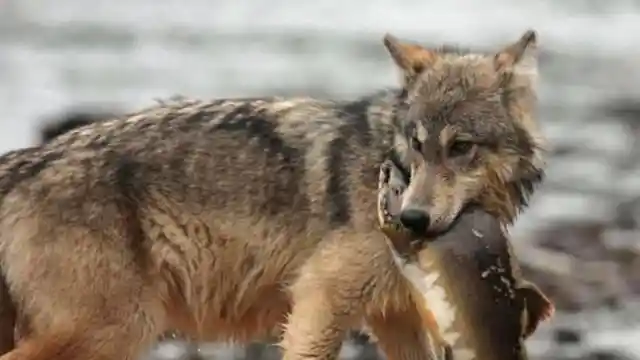
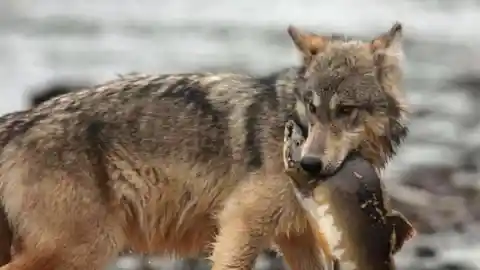
As referenced, the wolves' preferred nourishments are shellfishes, mussels, and salmon. They approach a lot of land-staying animals whereupon to eat, yet for reasons unknown — most likely because of their hereditary cosmetics — they lean toward the saltier things throughout everyday life.
Researchers and scientists accept that ocean wolves would eat much more salmon than they do as of now on the off chance that it was not for the nearness of huge bears.
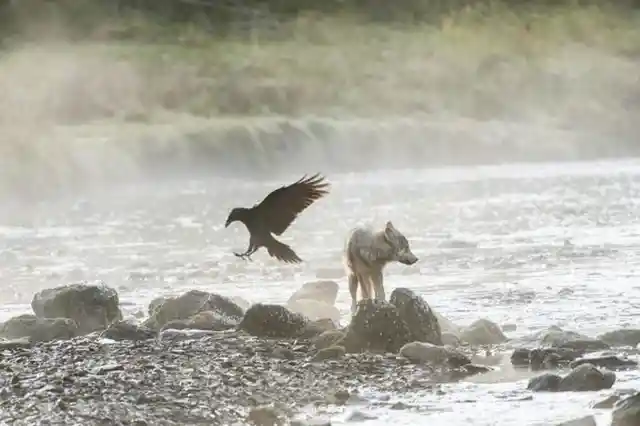
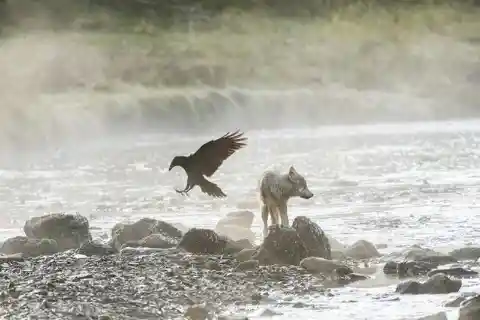
The ocean wolves (astutely) disregard the fish grounds when bears are available and won't contend with the far bigger predator for fish.
Be that as it may, don't think these extraordinary wolves are bashful, either! Ian had the option to swim straight up to them and get some really astonishing shots. "The inquisitive canines moved toward me so intently that I could hear them snorting into my snorkel," he said.
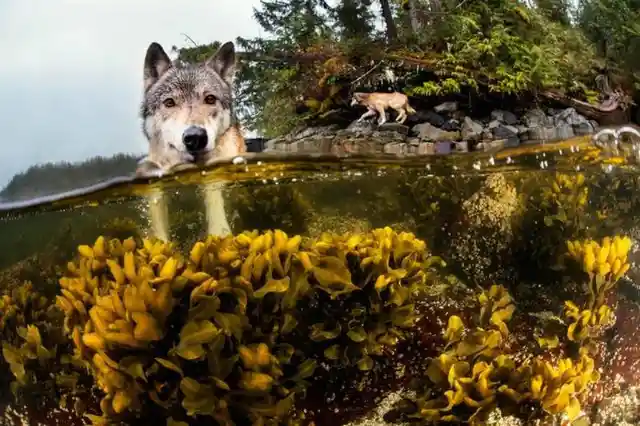
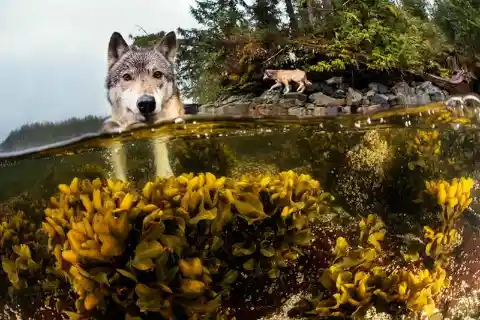
"I took a few casings, at that point pushed once more into the more profound water without setting out to gaze upward."
Because of McAllister's tenacious research and wonderful photos, we can all, at last, get a very close glance at these uncommon wolves and see the enchanted world where they live in. Would we be able to get as close as Ian did?
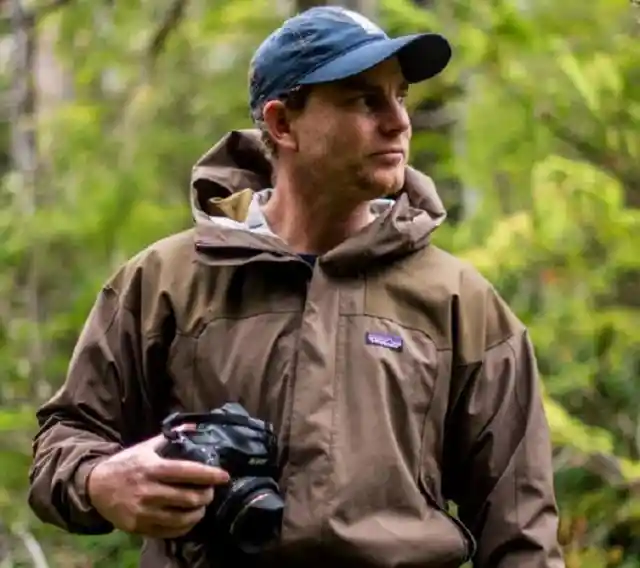
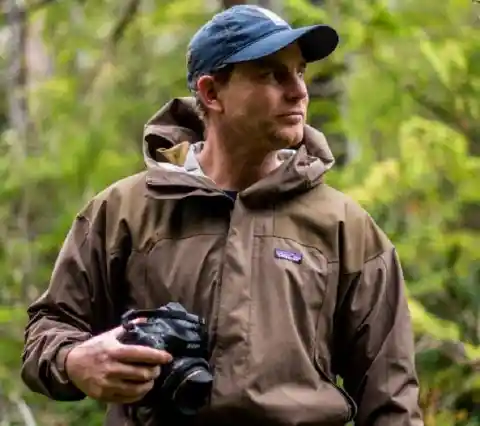
Likely not — however these photos sure can cause it to feel that way.
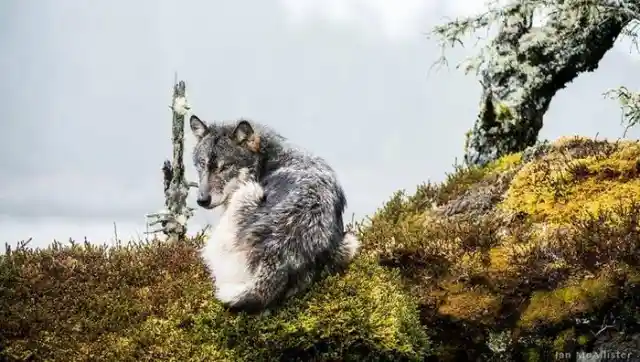
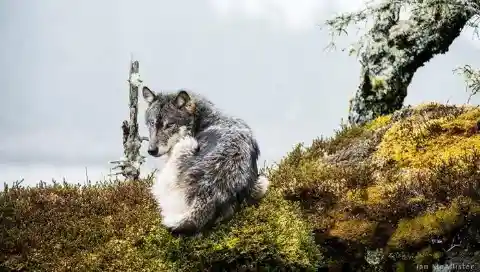
McAllister is empowering the British Columbia and Canadian government to list ocean wolves as an animal variety and perceive their transformative contrasts and noteworthiness. On the off chance that he can get the administration to do as such, at that point it would help secure ocean frauds preservation.
"As of now, they are unrecognized as well as totally unprotected," he said.
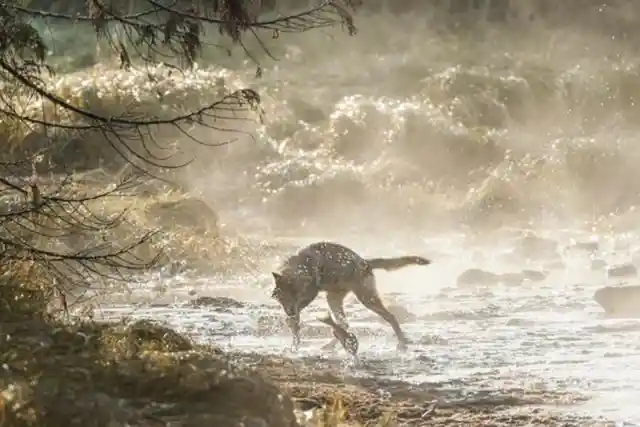
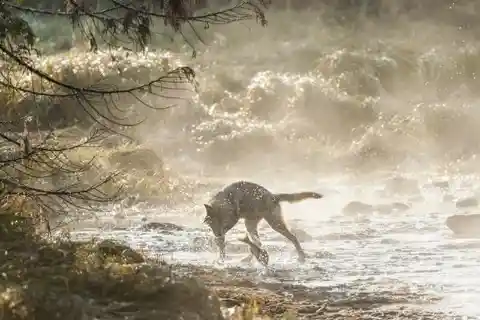
"They can be pursued and caught even inside secured territories. There is no place inside their range on the focal and north shoreline of British Columbia, where they are liberated from human [persecution]."
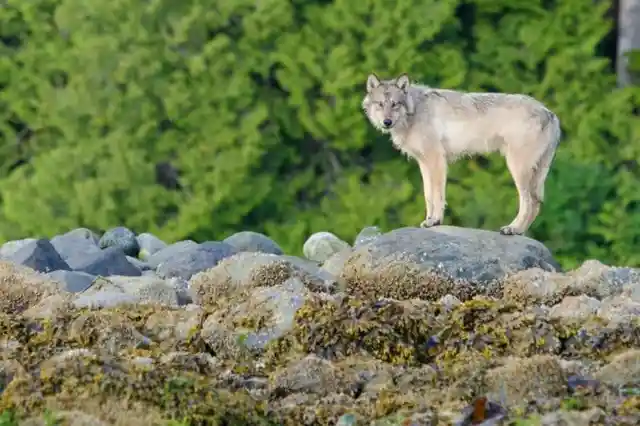
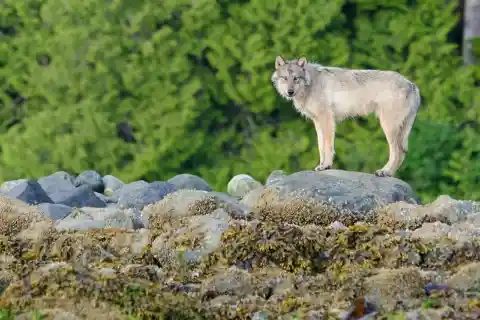
It is accepted that these animals used to live along the Pacific Coast from northern California to Alaska. Human occupants settling in the territory drove them from their homes and definitely diminished their range.


"The administration despite everything thinks about wolves as vermin," McAllister said. "We have taken in a great deal and society has changed by the way it sees wolves, yet there is still a ton of work to be done to truly perceive how lucky British Columbia is to have these special wolf populaces."


In 2018, McAllister was set up to truly initiate the instructive part of his photography and research so the overall population and government pioneers had the information expected to advocate for these animals. He even worked with National Geographic on magazine articles to commence his battle.
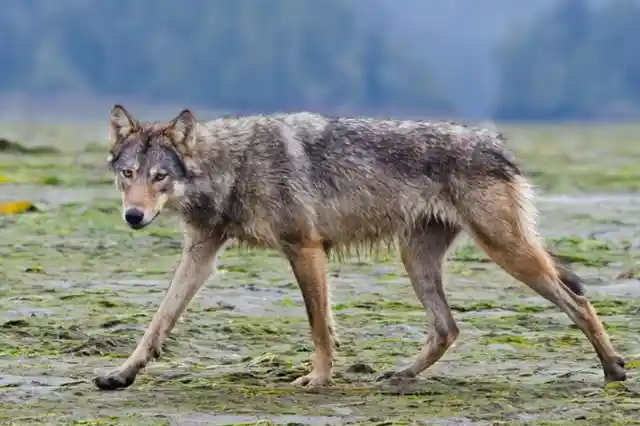
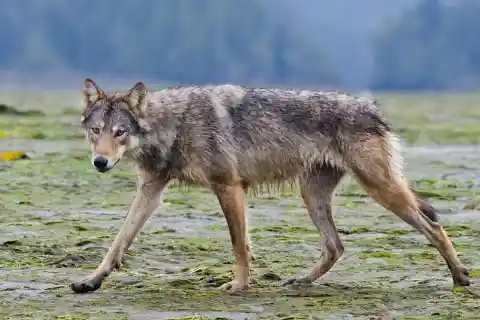
So in the event that you travel to the shore of British Columbia, keep your eyes wide open! Who knows, you may very well get an opportunity to get a look of one of Mother Nature's remarkable creatures — and become a backer for ocean wolf acknowledgment!